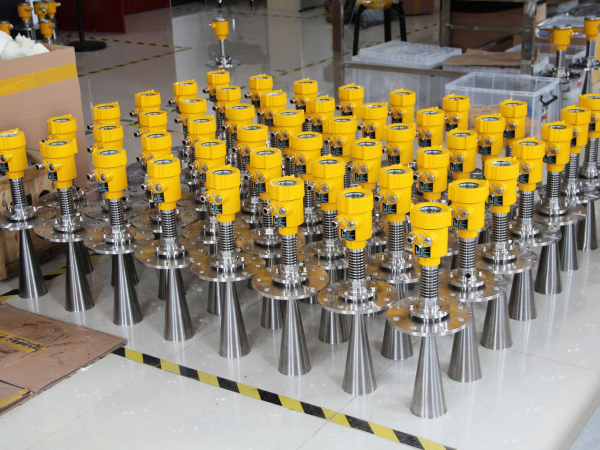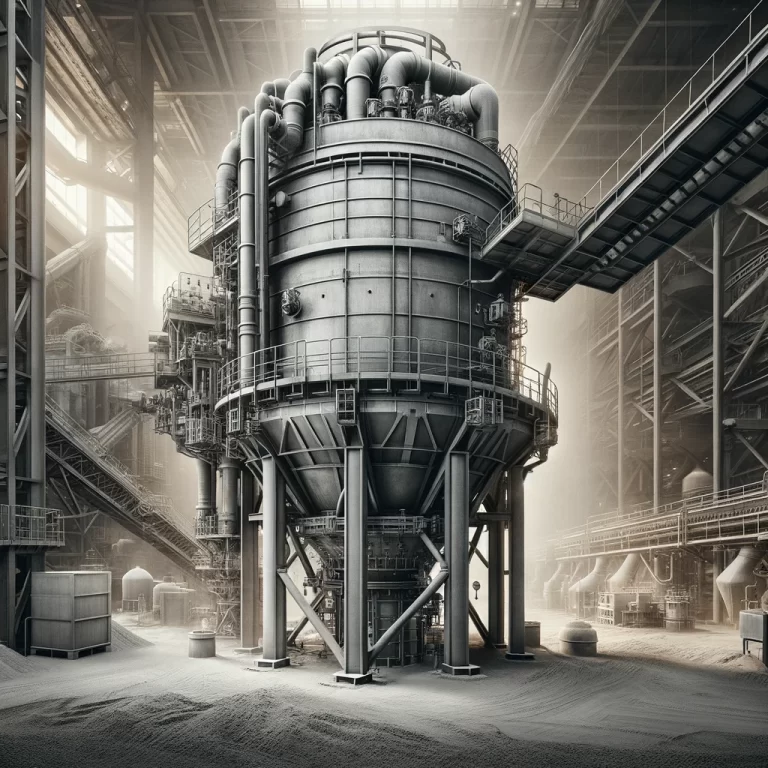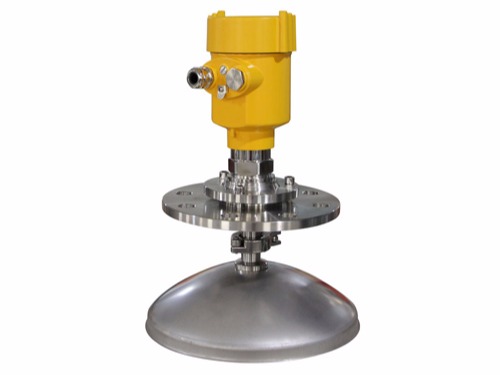Accurate measurement in the sintered material mixing silo is crucial for the steel production process. As a new type of non-contact measurement device, the radar level meter is being increasingly applied. This article mainly analyzes the measurement principle, technical advantages, and actual application performance of the radar level meter in the sintered material mixing silo.

The sintered material mixing silo is an indispensable part of the steel production process, and the accurate measurement of the materials inside directly affects the stability of subsequent processes and product quality. Traditional measurement methods such as weight-based hammers and ultrasonic devices, while each having their own features, present certain limitations, such as being susceptible to environmental influences and high maintenance costs. Therefore, the industry has been focused on finding a more efficient and stable measurement solution.
Against this backdrop, radar level meters have gradually emerged due to their unique working principles and technical advantages. The radar level meter calculates distance by emitting microwave signals and receiving the reflected signals, thereby achieving precise material level measurement. This method is unaffected by changes in the medium, temperature, or pressure, ensuring extremely high stability and reliability.

In the sintered material mixing silo, the application of radar level meters has demonstrated significant advantages. First, due to the complex internal environment of the silo, with high levels of dust, the radar level meter’s non-contact measurement effectively avoids issues such as sensor wear and contamination caused by direct contact with materials.
Secondly, radar level meters offer a wide measurement range and high precision, capable of meeting the large-scale, high-accuracy measurement needs of the silo. Additionally, they exhibit strong anti-interference capabilities, allowing stable performance even in complex industrial environments.
However, no technology is flawless. While the application of radar level meters in sintered material mixing silos has yielded remarkable results, there are still areas that require improvement.
For instance, for certain special materials or extreme working conditions, the measurement accuracy of radar level meters may be affected to some extent. Moreover, the installation and maintenance of the equipment require professional personnel to operate.

The application of radar level meters in sintered material mixing silos has demonstrated significant technical advantages and practical effects. Through an in-depth analysis of its principles, advantages, and current application status, we can see the vast potential of this technology in the future of steel production.
Of course, we must also recognize its limitations and challenges and actively seek ways to improve and optimize it. Only by doing so can we better leverage the important role of radar level meters in silo measurement, ensuring the stability and efficiency of steel production.
